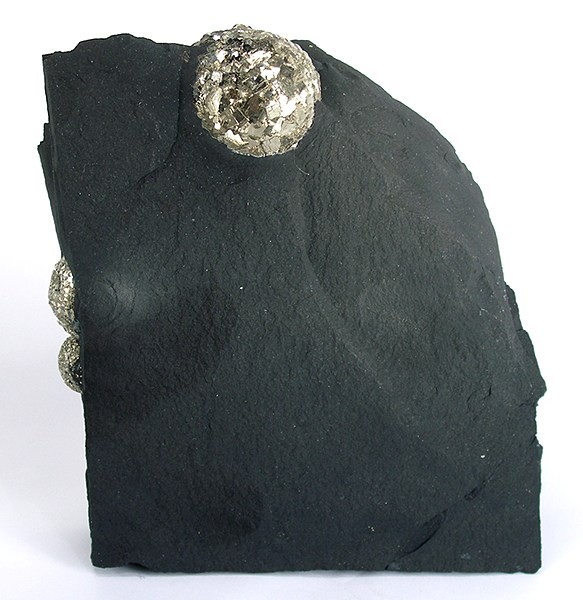Chichester Range on:
[Wikipedia]
[Google]
[Amazon]

 The Chichester Range is a range in the
The Chichester Range is a range in the
 The Chichester Range is a range in the
The Chichester Range is a range in the Pilbara
The Pilbara () is a large, dry, sparsely populated regions of Western Australia, region in the north of Western Australia. It is known for its Indigenous Australians, Aboriginal people; wealth disparity; its ancient landscapes; the prevailing r ...
region of Western Australia
Western Australia (WA) is the westernmost state of Australia. It is bounded by the Indian Ocean to the north and west, the Southern Ocean to the south, the Northern Territory to the north-east, and South Australia to the south-east. Western Aust ...
.
The range rises abruptly from the coastal plain and is composed of rolling hills, escarpments, jagged peaks, gorges and winding tree-lined watercourses.
The range is best described as an escarpment
An escarpment is a steep slope or long cliff that forms as a result of faulting or erosion and separates two relatively level areas having different elevations.
Due to the similarity, the term '' scarp'' may mistakenly be incorrectly used inte ...
with a height of forming a tableland behind that slope gently to the south until it runs into the Hamersley Range. The steep escarpment is defined by a jumble of weathered basalt
Basalt (; ) is an aphanite, aphanitic (fine-grained) extrusive igneous rock formed from the rapid cooling of low-viscosity lava rich in magnesium and iron (mafic lava) exposed at or very near the planetary surface, surface of a terrestrial ...
s and granophyre
Granophyre ( ; from ''granite'' and ''porphyry'') is a subvolcanic rock that contains quartz and alkali feldspar in characteristic angular intergrowths such as those in the accompanying image.
The texture is called granophyric. The texture can b ...
s.
The highest point of the Chichester Range is Mount Herbert, with a height of . The peak takes about 45 minutes to climb and a car park is at the base of the peak. The peak is also on the route of the Chichester Range Camel trail, a tourist attraction that is operated on the range that finishes at Python's Pool. The range is part of the Millstream-Chichester National Park, along with Millstream station that is one of the few permanent watercourses in the area.
Geologically the range is made up of a mixture of sandstone, igneous rocks, and mineralised banded iron formation
Banded iron formations (BIFs; also called banded ironstone formations) are distinctive units of sedimentary rock consisting of alternating layers of iron oxides and iron-poor chert. They can be up to several hundred meters in thickness and e ...
, being part of the Pilbara Craton.
The area was named by the explorer Francis Thomas Gregory in 1861 after the Parliamentary Under-Secretary of State for the Colonies Chichester Fortescue.
The traditional owners
Native title is the set of rights, recognised by Australian law, held by Aboriginal and Torres Strait Islander groups or individuals to land that derive from their maintenance of their traditional laws and customs. These Aboriginal title rig ...
of the area are the Bailgu or Palyku people, who speak the Yinjibarndi language.
The range is the basis of two major river basins, the Fortescue Basin and the Port Hedland coast Basin.
The Port Hedland Coast Basin is the catchment area for many rivers, including the Harding River, Sherlock River, Yule River and Shaw River.
References
{{coord, 22, 18, S, 119, 20, E, display=title, region:AU_type:mountain_source:GNS-enwiki Mountain ranges of Western Australia Fortescue River